River erosion: the forgotten hazard of flooding
Impacts from flood events can be widespread, long-lasting and extremely costly. The UK Government and environmental protection agencies continue to invest heavily in mitigation measures, as well as trying to predict which areas are most at risk.
03/08/2022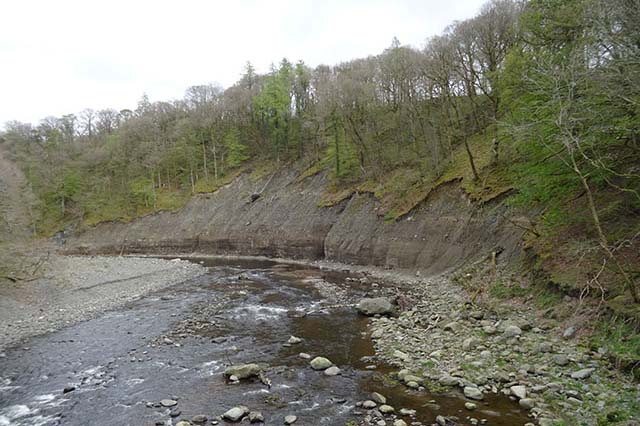
When considering natural hazards in a riverine or catchment setting, it is often high-magnitude flood events that grab the headlines. In comparison, associated catchment hazards such as river scour are often overlooked, but these events can be no less costly in their societal and economic impacts. Recent studies have shown that, in the UK, river erosion and associated impacts exacerbate flood damage by £336 million a year and are a considerable source of water pollutants, costing £238 million a year to remediate.River erosion further increases the costs of water treatment and maintenance of drainage networks by £132 million a year and accounts for 25 per cent of valid subsidence insurance claims (Li et al., 2021; Pritchard et al., 2013).
Infrastructure damage
Scour causes physical modification to riverbeds and banks via the removal of sediment or engineered materials. It occurs when the forces imposed by the flow of water on a sediment particle exceed the stabilising forces (Kirby et al., 2015). This is an environmental process occurring in response to the natural variability of river stream flows and sediment regimes but, unlike hazards associated with flood waters that will eventually recede, the changes that result from river erosion can be permanent.This makes river scour extremely damaging when it intersects assets such as farmland, infrastructure, residences, historic sites, etc.
Of particular concern is the significant damage river scour can cause to infrastructure adjacent to rivers, such as bridges, flood defences and electricity pylons. The Climate Change Committee’s recent, independent assessment of UK climate risk has highlighted that the risk to bridges and pipelines from future erosion requires further investigation.
Currently, river scour risk to UK railway bridges is estimated to cause the loss of 8.2 million passenger journeys each year, with an accompanying economic cost of up to £60 million (Lamb et al., 2019). In 2009, flood events in Cumbria caused a tragic fatality and the partial or total destruction of 20 road bridges, costing the local economy an estimated £2 million per week during the recovery period (Pizarro et al., 2020).
Events such as these serve as a stark and increasingly frequent reminder of the destructive effects of river scour. As a result, the ability to predict where river scour is likely to occur across the UK river network is being recognised as increasingly important, both under current conditions and future climate change scenarios. The UK Government Environment Act (2021) has a target to reduce the impact of physical modification on the water environment and, between 2009 and 2015, £68 million was spent towards reaching this goal (UK Government, 2021).
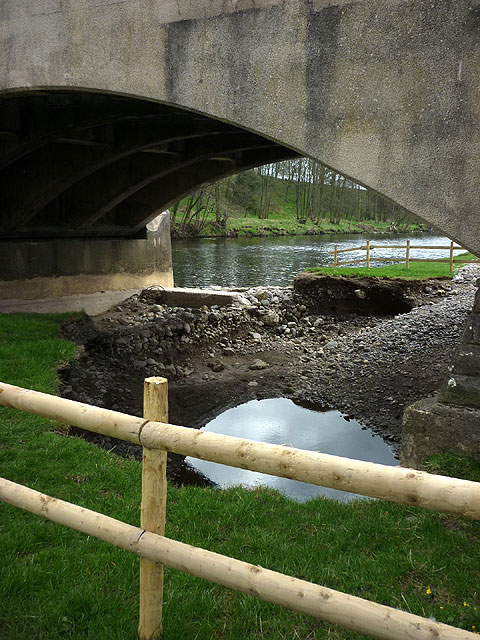
An example of river bank scour undermining a bridge in Cumbria. © Copyright Karl and Ali and licensed for reuse under the Creative Commons Licence.
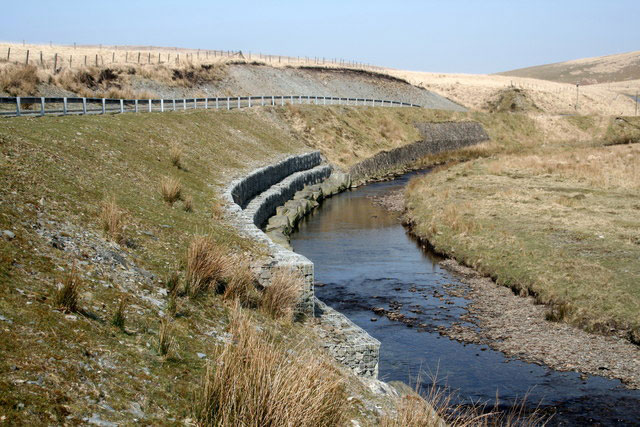
Protective measures installed to reinforce river bank against threat of erosion to road infrastructure in Scotland. © Copyright Roger Whittleston and licensed for reuse under the Creative Commons Licence.
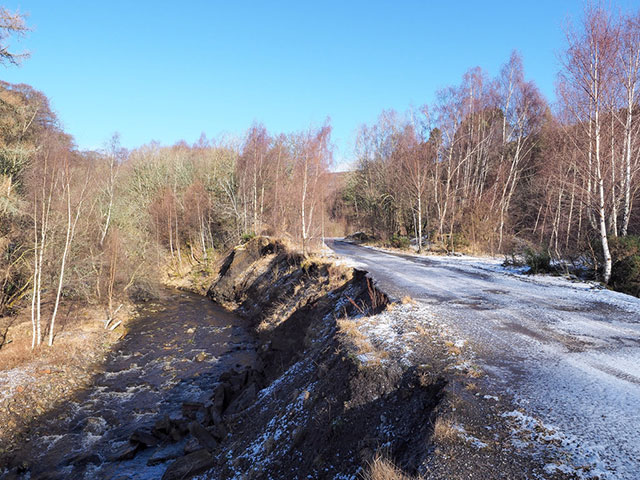
An example of road infrastructure threatened by river bank scour in County Durham. © Copyright Trevor Littlewood and licensed for reuse under the Creative Commons Licence.
Maintaining catchment health
Management and mitigation against river erosion is required at multiple scales and concerns a variety of stakeholders. Organisations involved in the maintenance of catchment health include:
- river basin and catchment management authorities
- charities such as the National Trust and various river trusts
- environmental protection agencies
- national park authorities
At a more granular level, the occurrence of river erosion is of interest to asset owners responsible for infrastructure, such as rail or road networks, local planning authorities and insurers, and lenders and property search companies when considering risks to assets, future developments and portfolios.
Efforts to model this costly geohazard have highlighted an important gap in available datasets. The joint efforts of the Environment Agency (EA), the Department for Environment, Food and Rural Affairs (Defra) and Natural Resource Wales (NRW) on the ‘Understanding how rivers channels change’ flagged: ‘There is currently no nationwide information showing where erosion or deposition is likely to occur’, whilst a UK Climate Resilience Programme (UKCRP)-funded project, ‘Erosion hazards in river catchments: making critical infrastructure more climate resilient’, found: ‘Creating resilient, sustainable infrastructure depends on understanding the potential future risks of changing erosion hazards and their impact. Yet at present, no predictive modelling framework exists for erosion hazard.’
The role of geological data
The geological properties of bedrock and superficial deposits that make up riverbeds and banks are fundamental controls on the susceptibility of any given river reach to scouring. As such, geological data is a key input into any predictive models attempting to resolve this issue and is an invaluable resource for infrastructure risk and catchment health assessments at both catchment and reach scales.
Existing modelling efforts by the UK’s environmental protection agencies and the wider scientific community utilise various BGS data holdings. For example, the UKCRP project derives sediment compositions from the BGS soils texture maps, whilst Defra, EA and NRW are considering the use of BGS superficial deposits data as indication of the location of erodible deposits. Both have limitations: the latter project fails to consider erodible or soluble bedrock deposits and the former acknowledges that it lacks ‘sufficient information on the spatial variation in these [sediment] compositions’. This emphasises the need for consistent information on the erodibility of riverbed and bank material at national and granular levels.
Stay tuned for our upcoming blog to find out how BGS’s updated GeoScour data product can provide geological river scour assessments from catchment down to individual reach scale with national coverage.
Join the BGS GeoScour dataset webinar: 8 September 2022
BGS Product Development invites you to the launch of our newly updated dataset, GeoScour. Our 30-minute webinar will give an overview of river scour and its associated river erosion hazards, including surface geology susceptibility and bedrock geology susceptibility, and will be followed by an introduction to the Open and Premium GeoScour data packages.
Defra, Welsh Government, Natural Resources Wales, and Environment Agency. Delivering benefits through evidence: understanding river channel sensitivity to geomorphological changes. (Bristol, UK: Environment Agency. ) ISBN: 978-1-84911-480-6. Available at https://assets.publishing.service.gov.uk/media/606ddd86e90e074e53c33dbf/Understanding_how_river_channels_change_-_method_report.pdf
Kirby, A, Roca, M, Kitchen, A, Escarameia, M, and Chesterton, O. 2015. Manual on Scour at Bridges and Other Hydraulic Structures. (London, UK: CIRIA.) ISBN: 0860177475.
Lamb, R, Garside, P, Pant, R, and Hall, J W. 2019. A probabilistic model of the economic risk to Britain’s railway network from bridge scour during floods. Risk Analysis, Vol. 39(11), 2457–2478. DOI: https://doi.org/10.1111/risa.13370
Li, X, Cooper, J R, and Plater, A J. 2021. Quantifying erosion hazards and economic damage to critical infrastructure in river catchments: impact of a warming climate. Climate Risk Management, Vol. 32, 100287. DOI: https://doi.org/10.1016/j.crm.2021.100287
Pizarro, A, Manfreda, S, and Tubaldi, E. 2020. The science behind scour at bridge foundations: a review. Water, Vol. 12(12), 374. DOI: https://doi.org/10.3390/w12020374
Pritchard, O, Hallett, S H, and Farewell, T S. 2013. Soil corrosivity in the UK – impacts on critical infrastructure. Working Paper Series, Infrastructure Transition Research Consortium, Cranfield University. Available at https://www.itrc.org.uk/wp-content/PDFs/Soil-corrosivity-impacts-UK-infrastructure-report.pdf
UK Climate Risk. 2021. Findings from the third UK Climate Change Risk Assessment (CCRA3) Evidence Report 2021. Available at https://www.ukclimaterisk.org/wp-content/uploads/2021/06/CCRA3-Briefing-Transport.pdf
UK Government. 2021. At a glance: summary of targets in our 25-year environment plan. Available at https://www.gov.uk/government/publications/25-year-environment-plan/25-year-environment-plan-our-targets-at-a-glance
About the author

Rob Shaw
Geospatial data analyst
Relative topics
Latest news
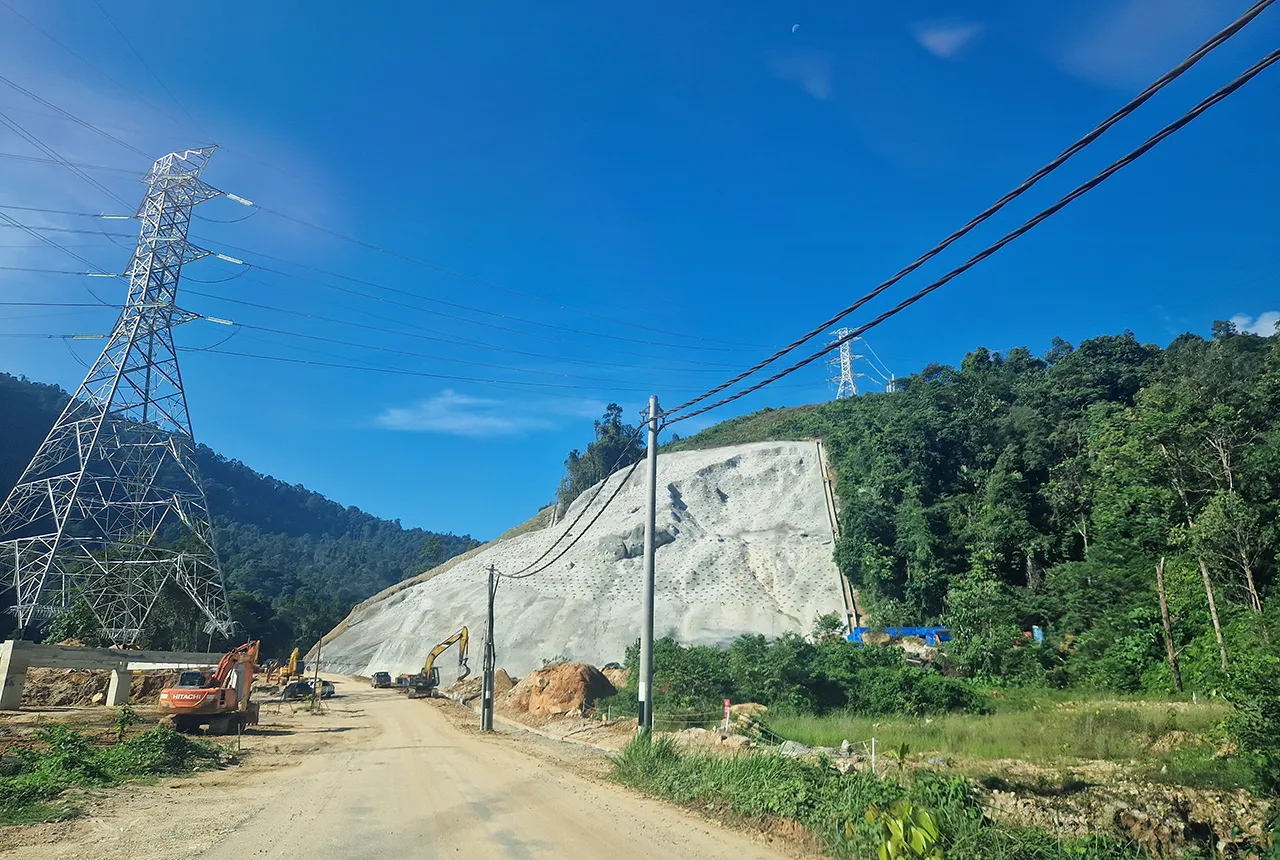
BGS awarded funding to support Malaysia’s climate resilience plan
17/12/2025
The project, funded by the Foreign, Commonwealth & Development Office, will focus on minimising economic and social impacts from rainfall-induced landslides.
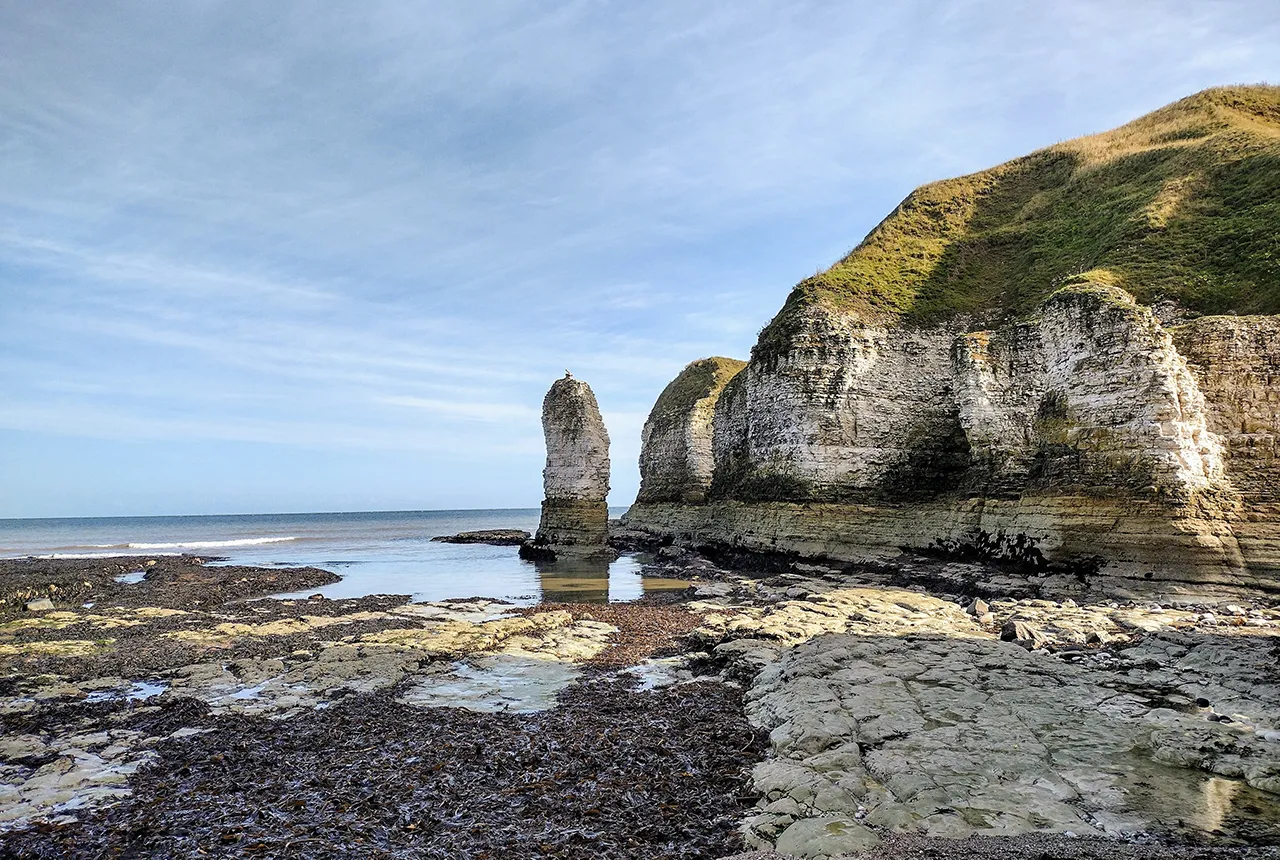
New geological maps of the Yorkshire Wolds to better inform groundwater management and policy decisions
17/12/2025
The new mapping provides crucial data on localised geological issues that may assist in protecting water supplies.
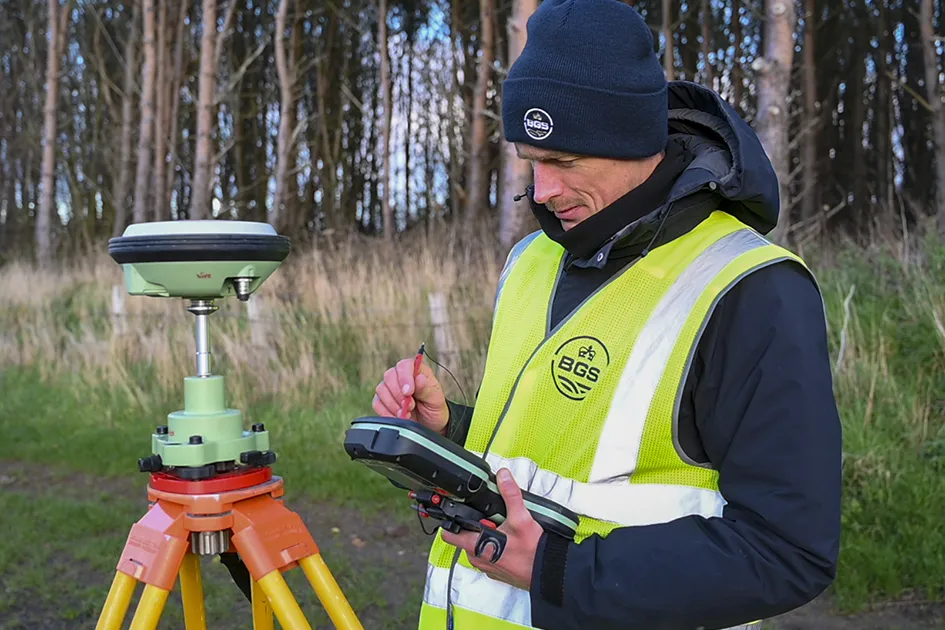
‘Three norths’ set to leave England and not return for hundreds of years
12/12/2025
The historic alignment of true, magnetic, and grid north is set to leave England, three years after they combined in the country for the first time since records began.

BGS agrees to establish collaboration framework with Ukrainian government
11/12/2025
The partnership will focus on joint research and data exchange opportunities with Ukrainian colleagues.
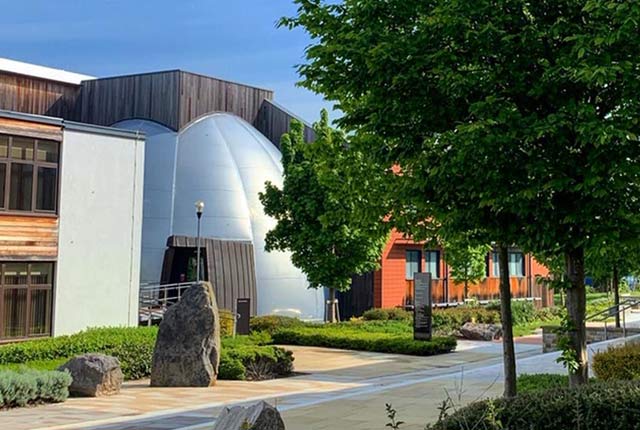
Making research matter: BGS joins leading research organisations in new national initiative
10/12/2025
A new alliance of 35 organisations has been formed that is dedicated to advancing science for the benefit of people, communities, the economy and national priorities.

New 3D model to help mitigate groundwater flooding
08/12/2025
BGS has released a 3D geological model of Gateshead to enhance understanding of groundwater and improve the response to flooding.
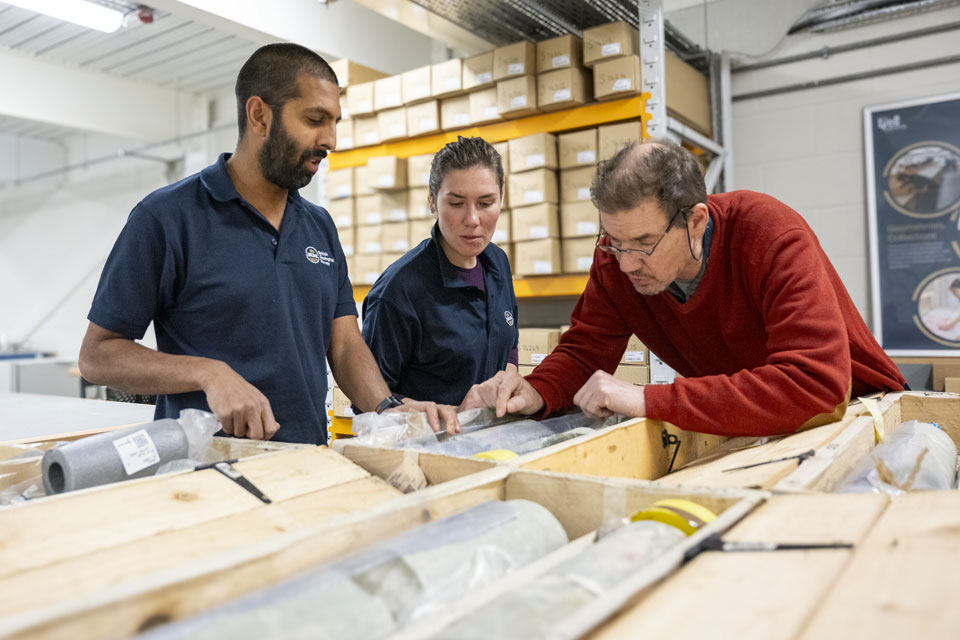
Scientists gain access to ‘once in a lifetime’ core from Great Glen Fault
01/12/2025
The geological core provides a cross-section through the UK’s largest fault zone, offering a rare insight into the formation of the Scottish Highlands.
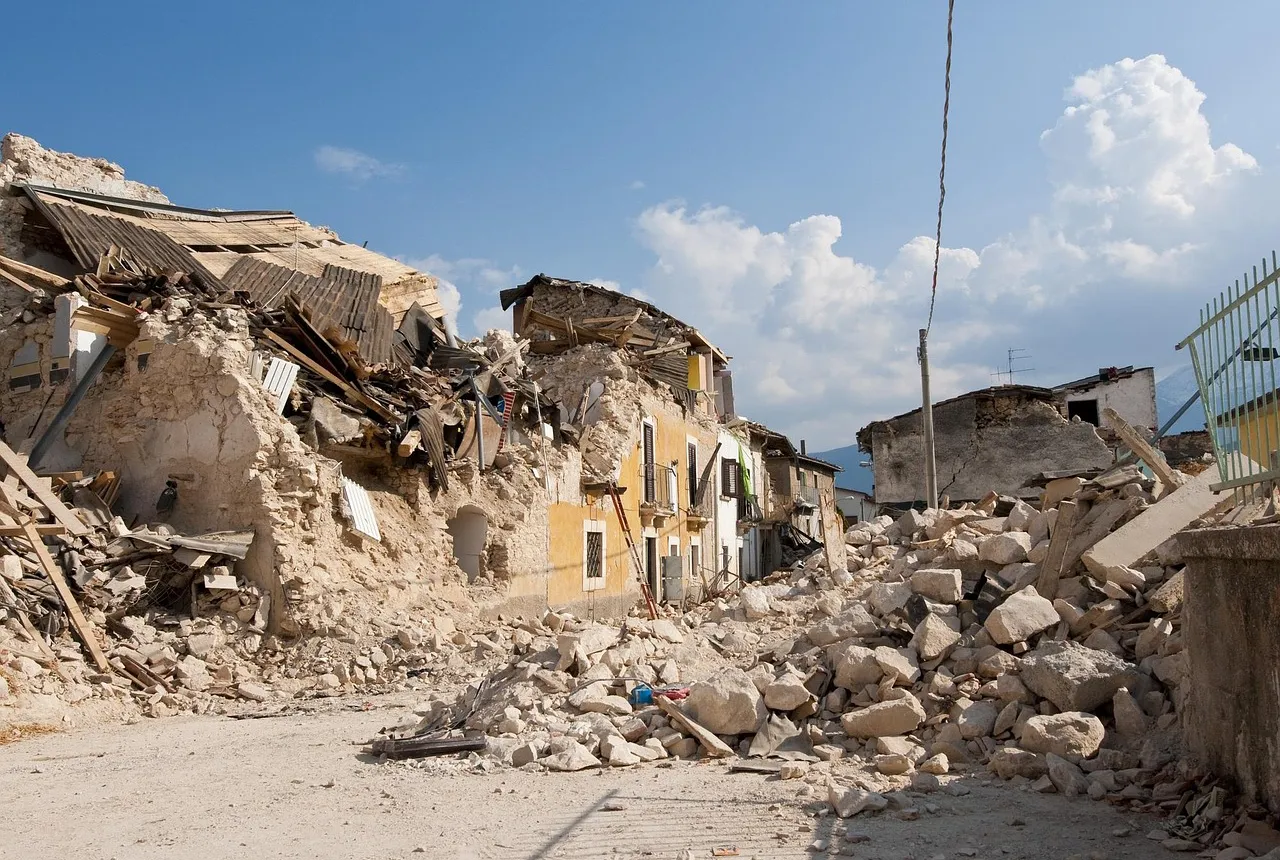
New research shows artificial intelligence earthquake tools forecast aftershock risk in seconds
25/11/2025
Researchers from BGS and the universities of Edinburgh and Padua created the forecasting tools, which were trained on real earthquakes around the world.
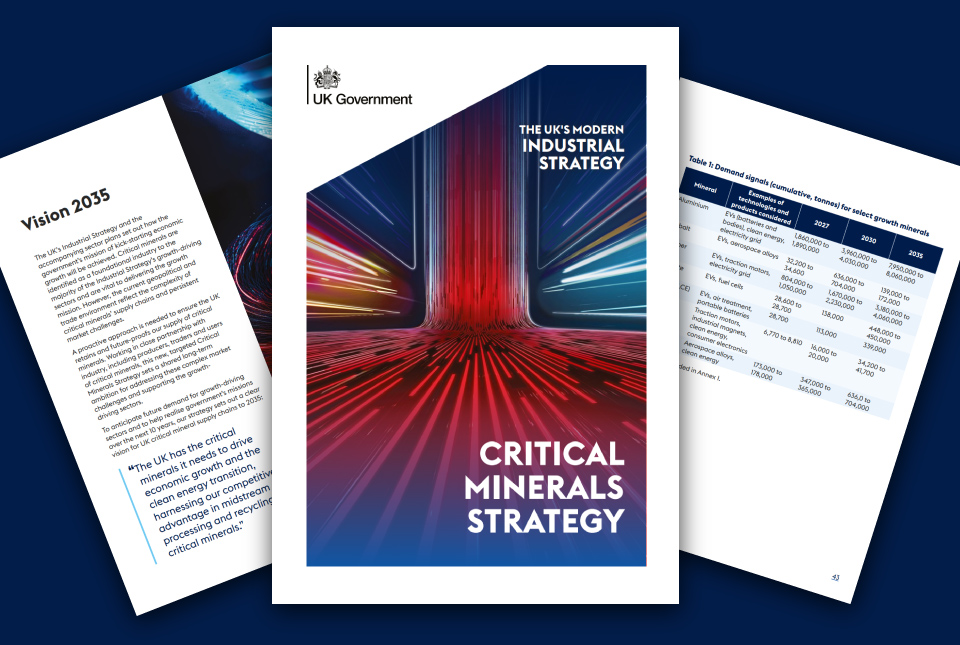
BGS welcomes publication of the UK Critical Minerals Strategy
23/11/2025
A clear strategic vision for the UK is crucial to secure the country’s long-term critical mineral supply chains and drive forward the Government’s economic growth agenda.
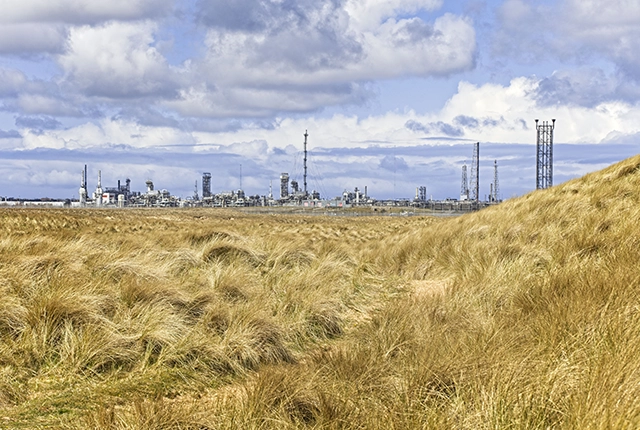
New funding awarded for UK geological storage research
21/11/2025
A project that aims to investigate the UK’s subsurface resource to support net zero has been awarded funding and is due to begin its research.

UK braced for what could be the largest solar storm in over two decades
12/11/2025
Intense geomagnetic activity could disrupt technology such as communication systems, global positioning systems and satellite orbits.
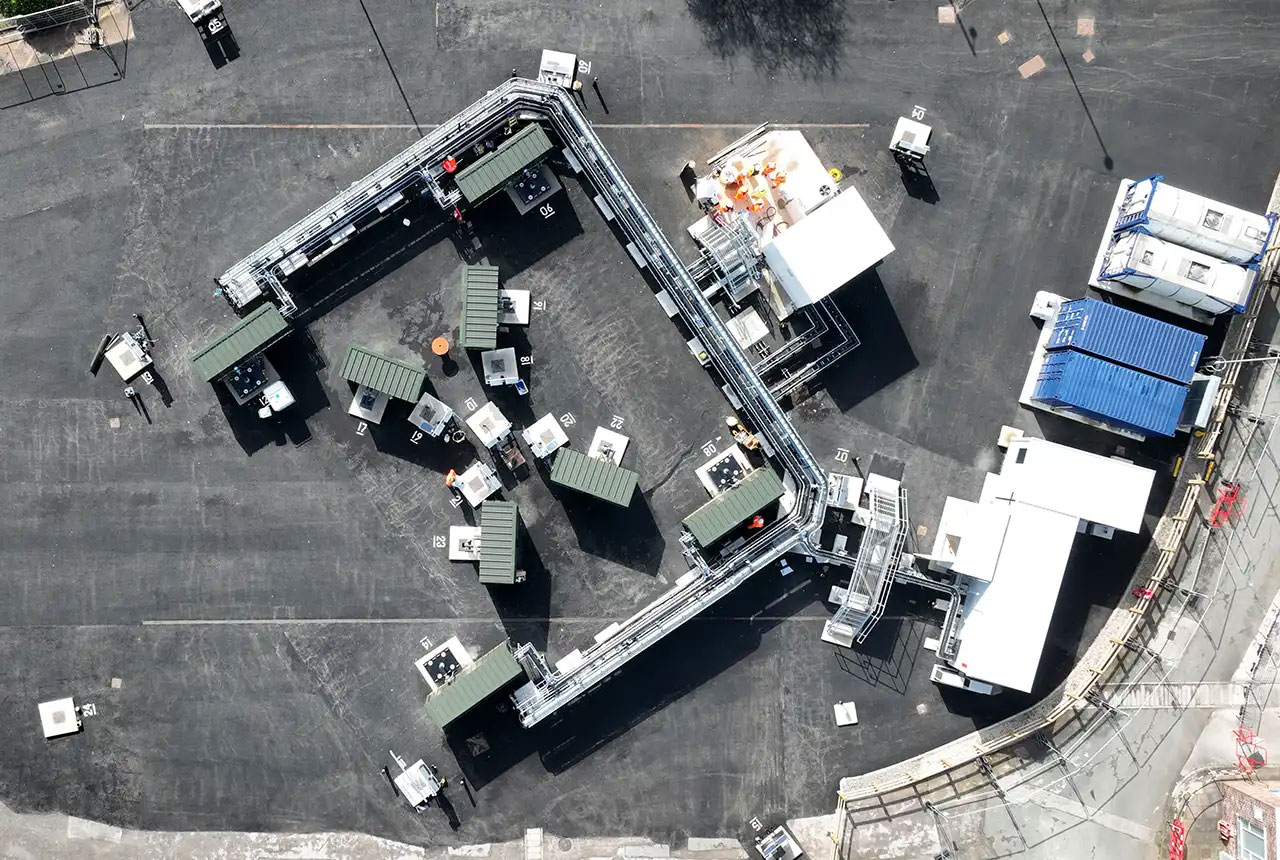
First distributed acoustic sensing survey completed at UK Geoenergy Observatory
12/11/2025
New research at the Cheshire Observatory has shown the potential for mapping thermal changes in the subsurface using sound waves.


